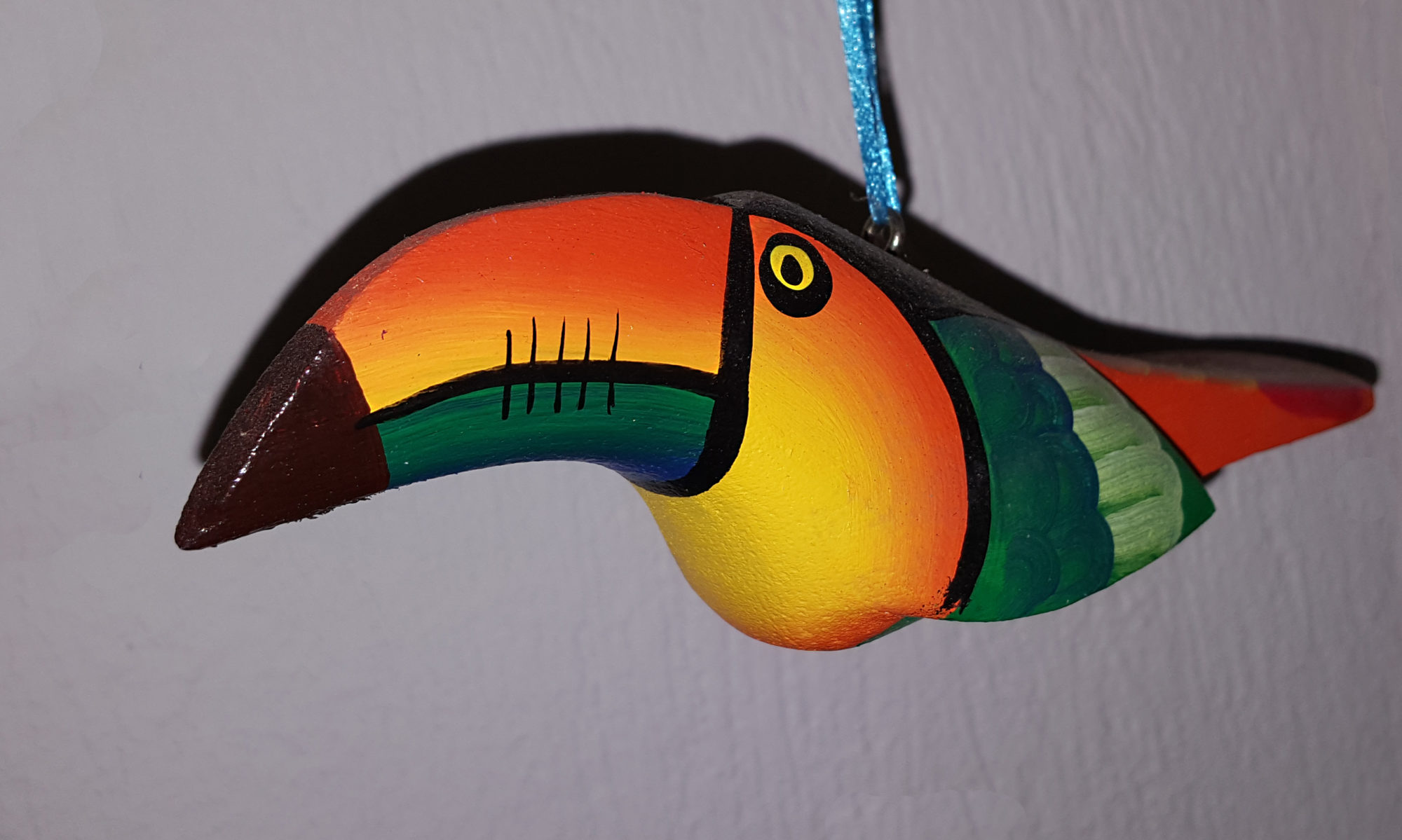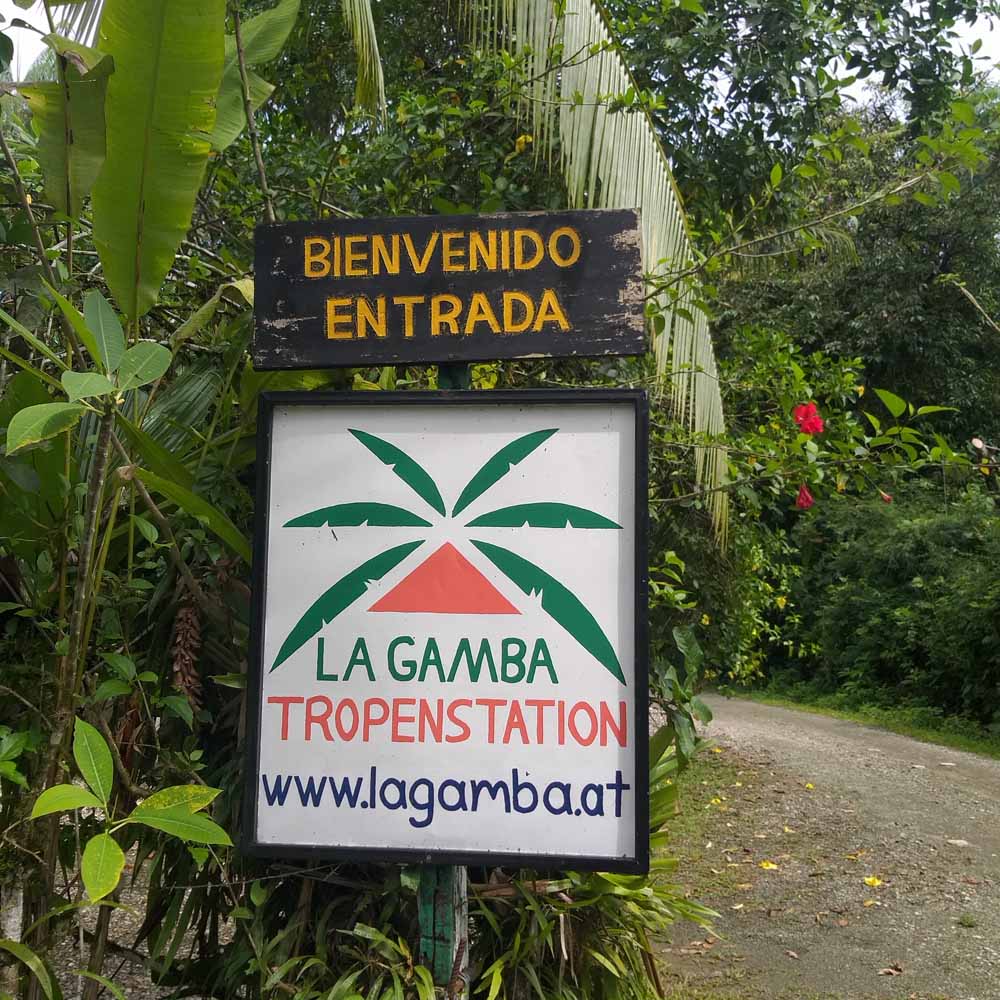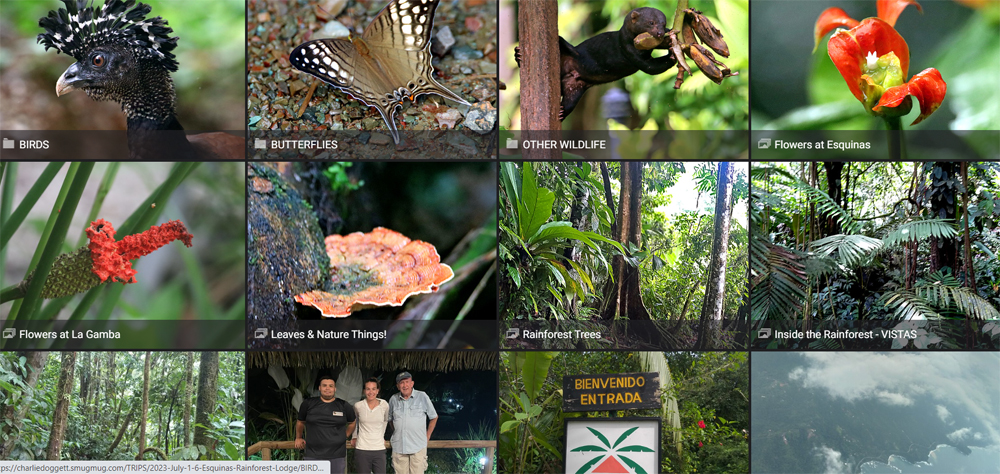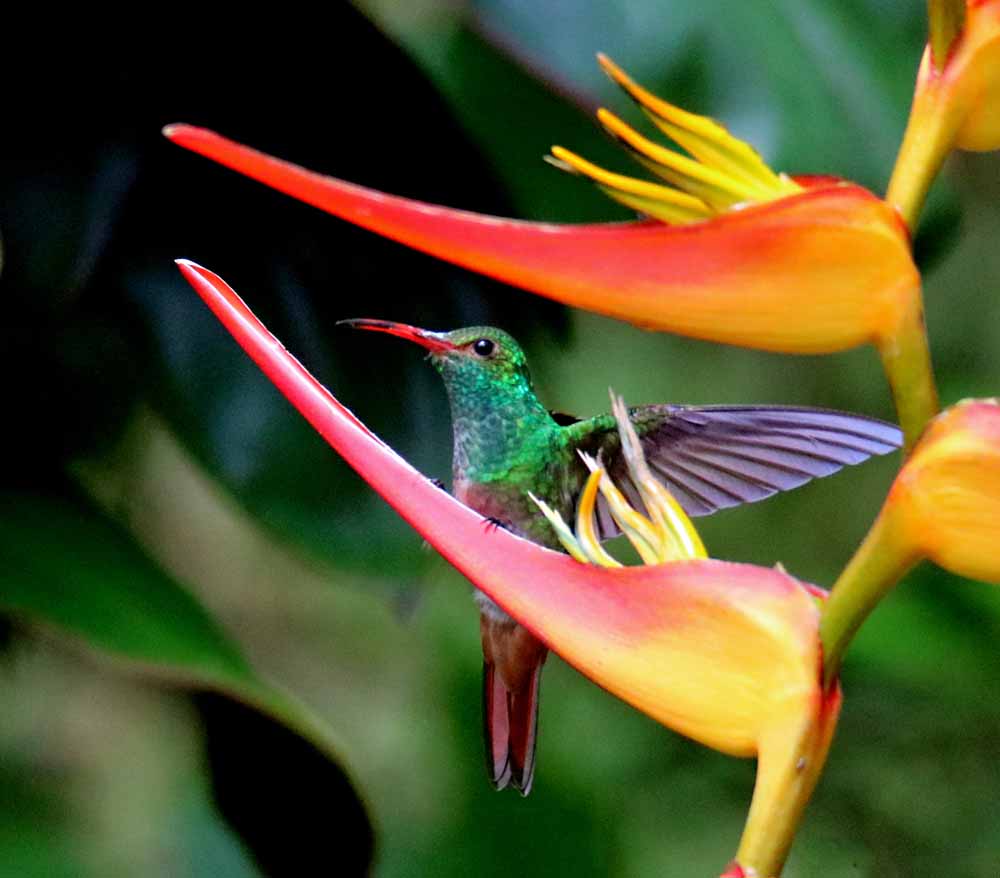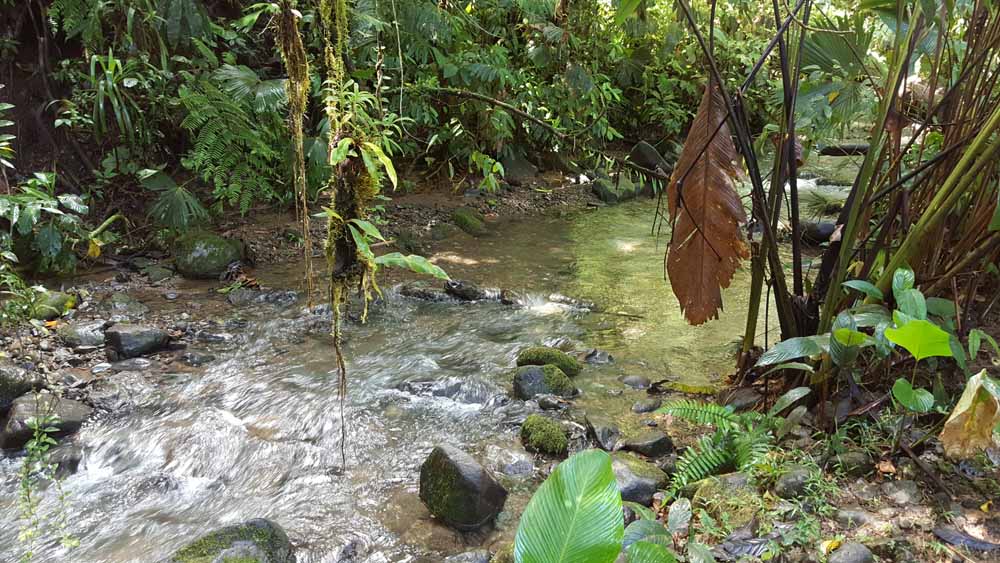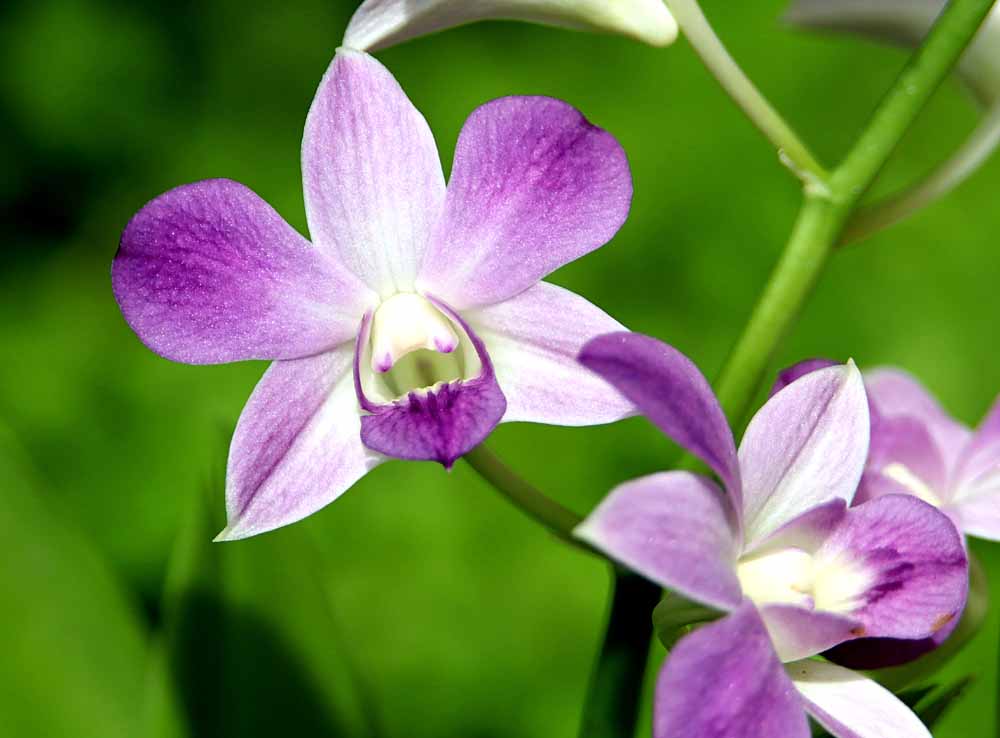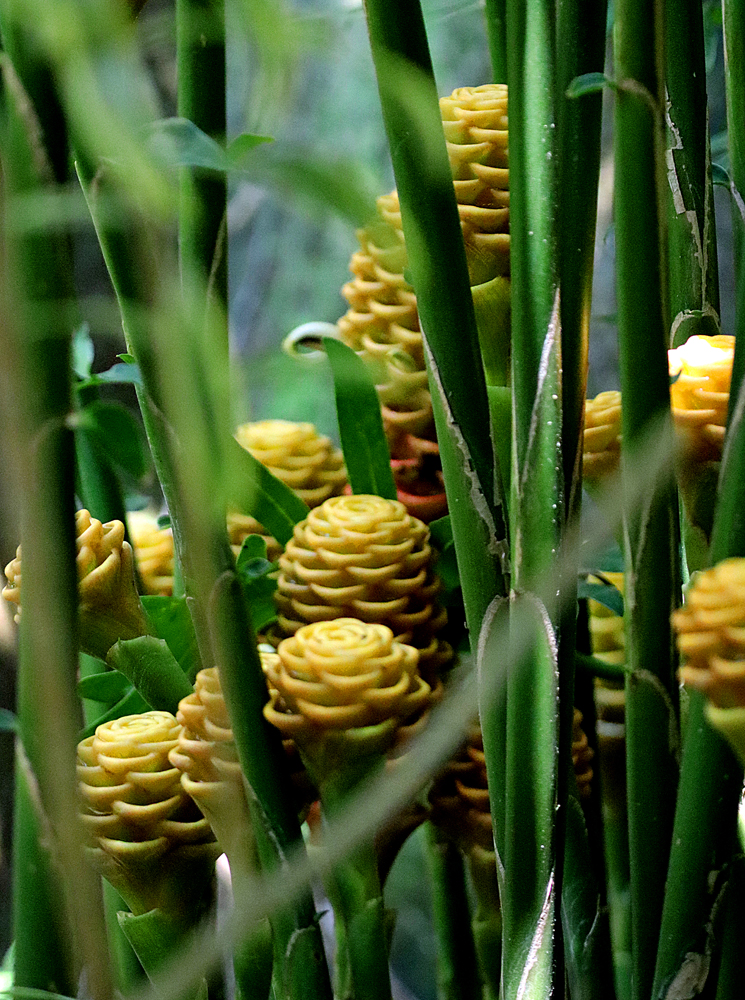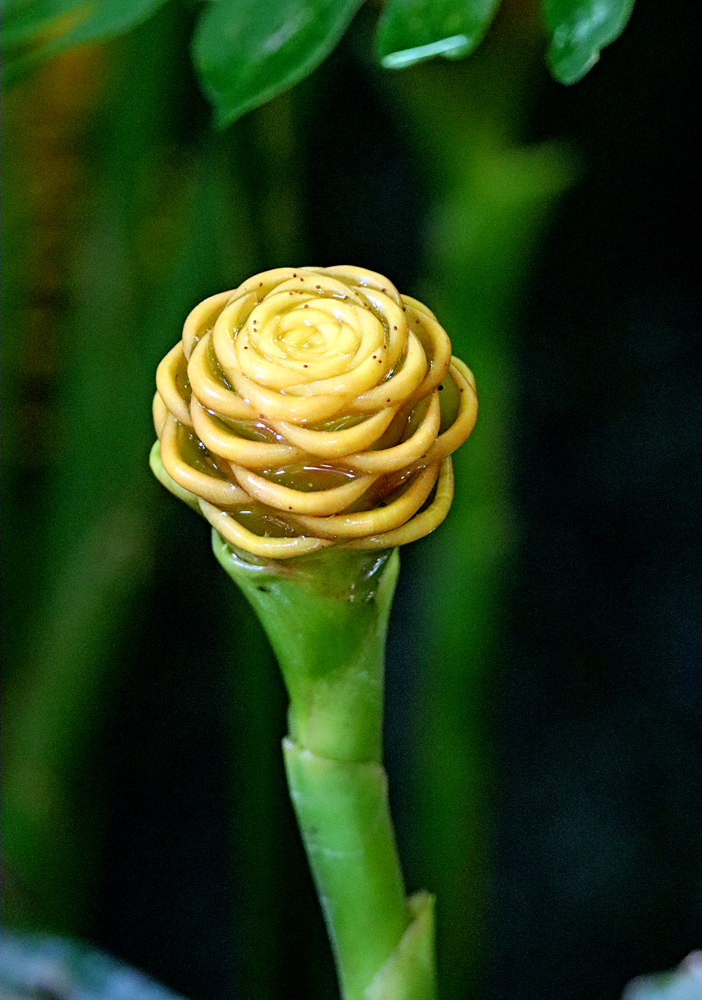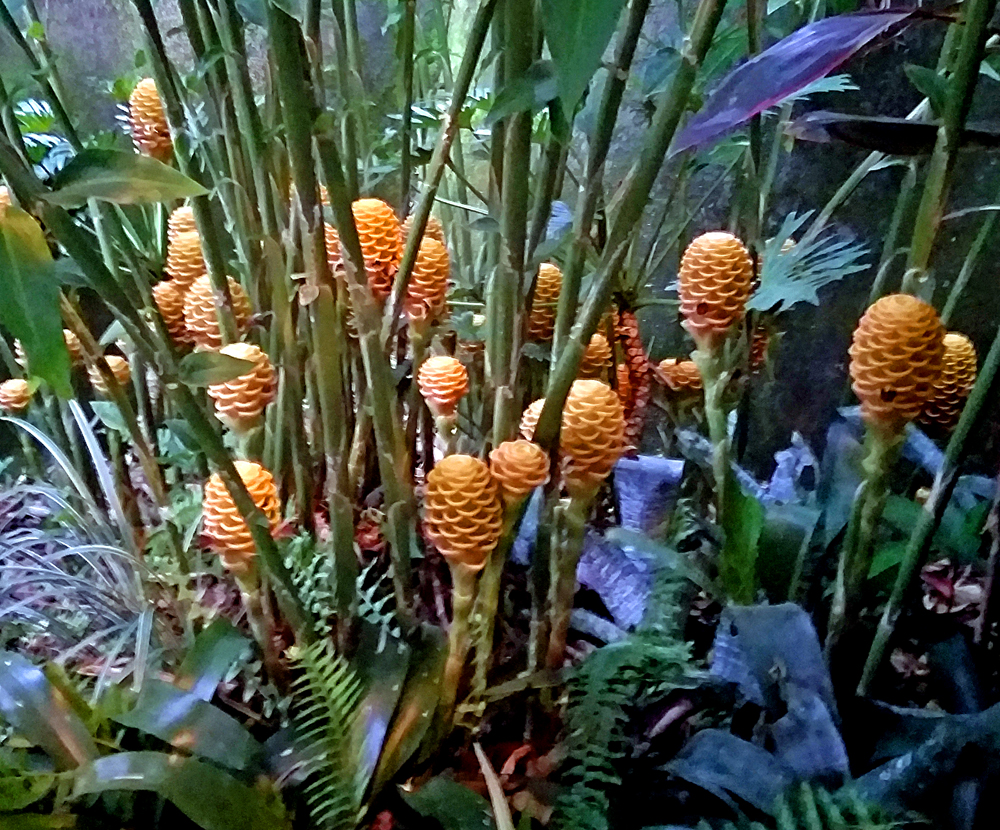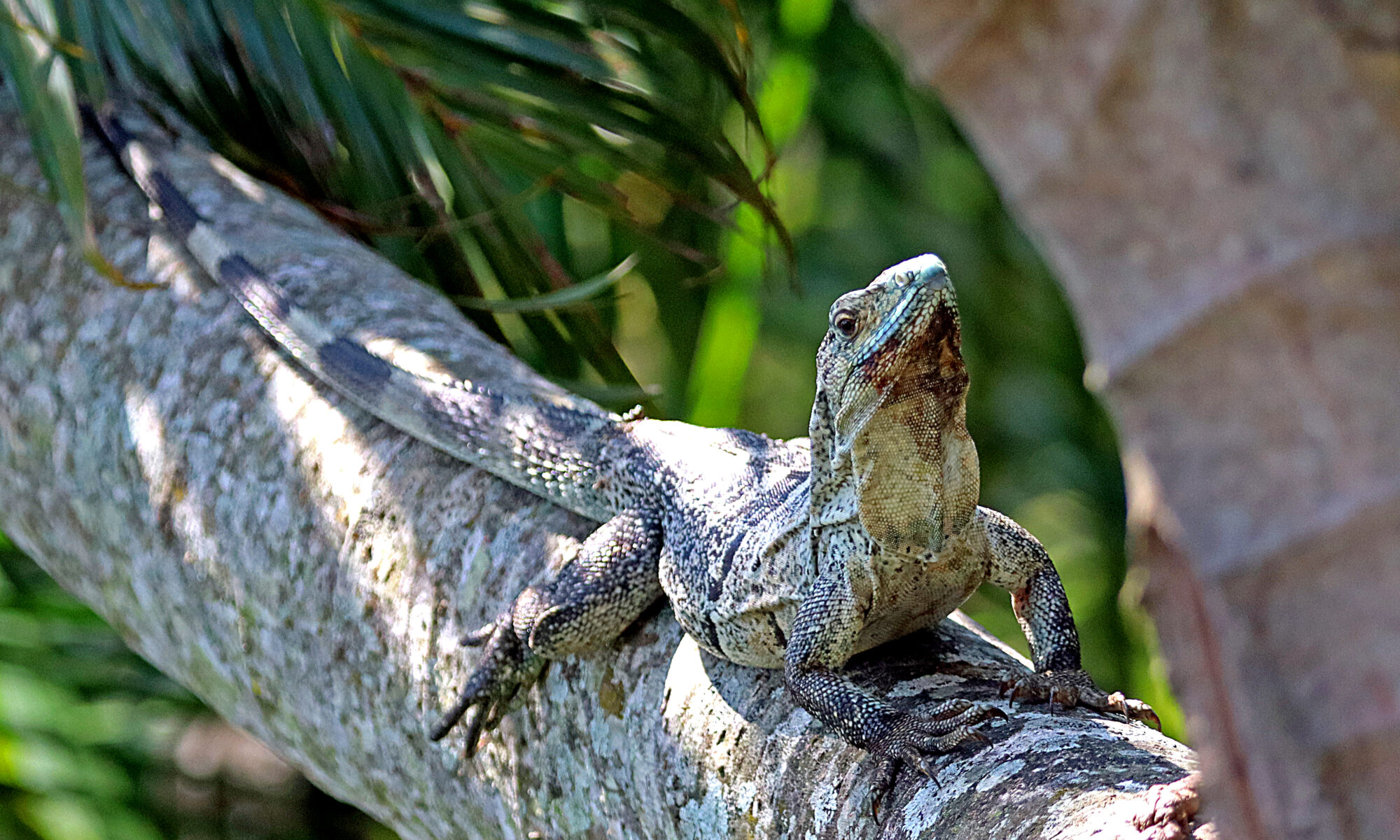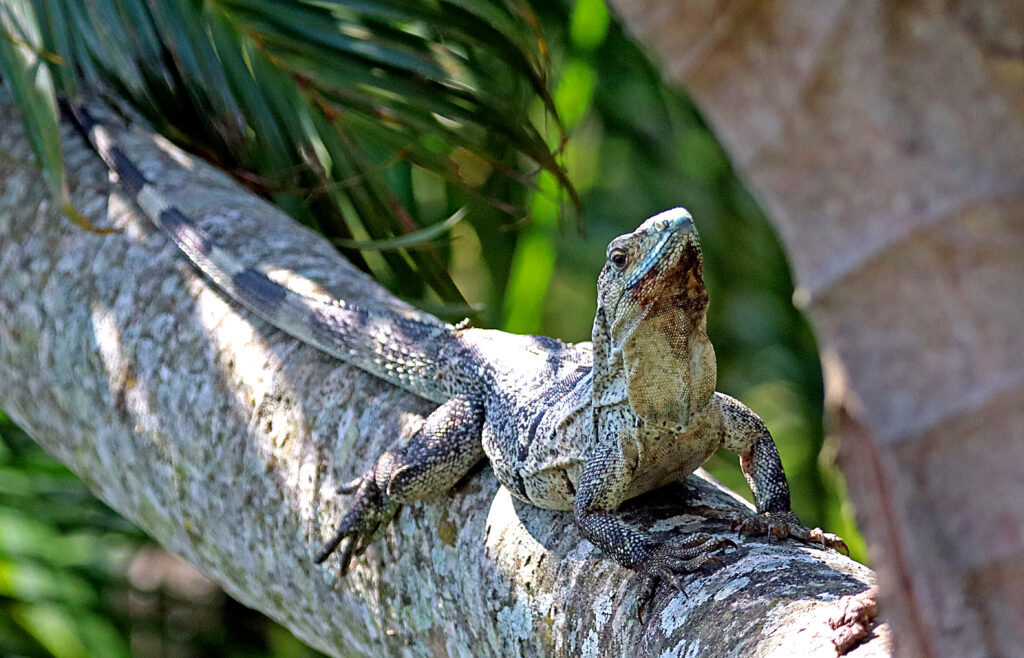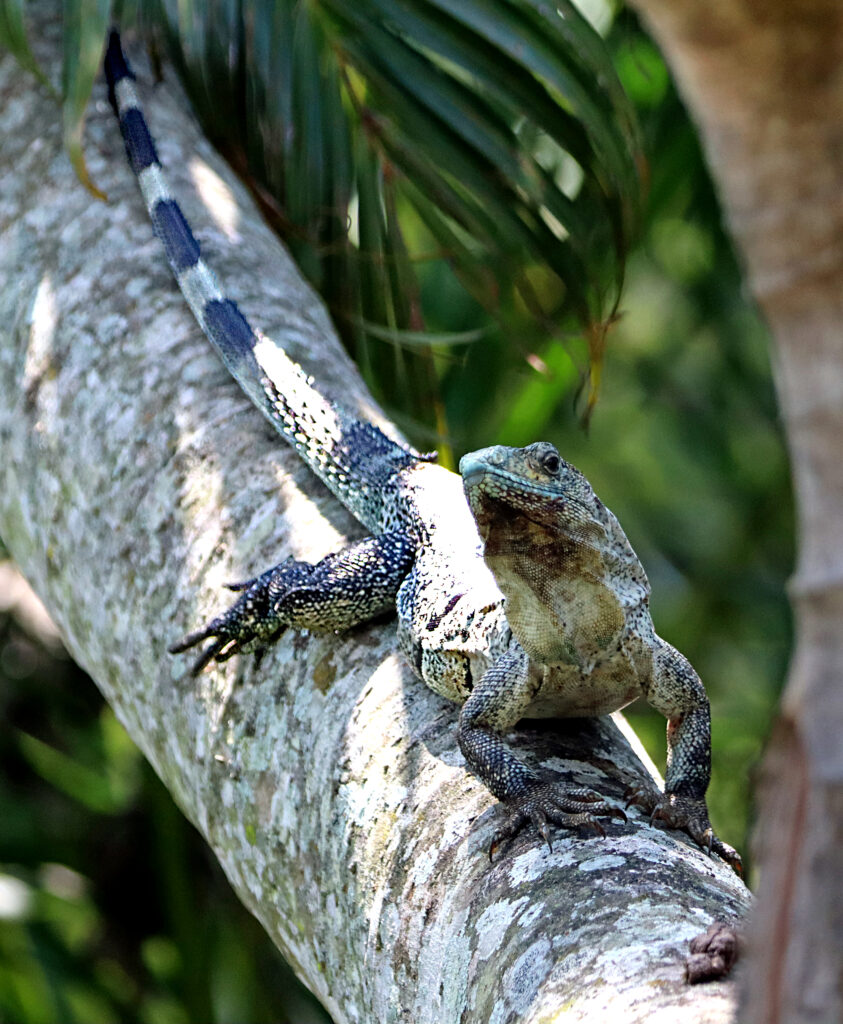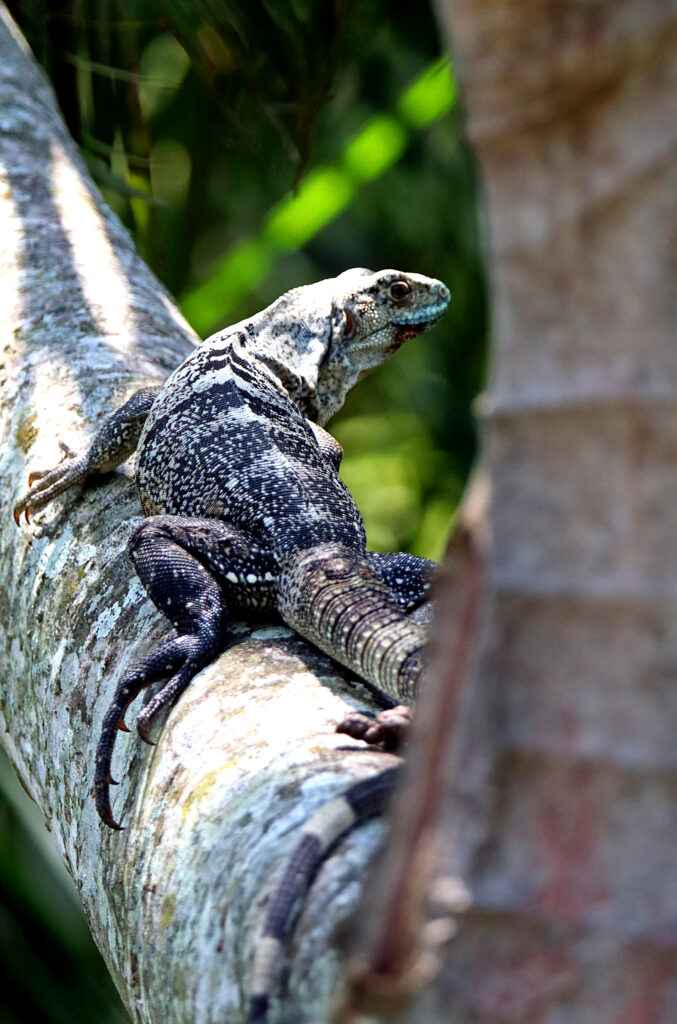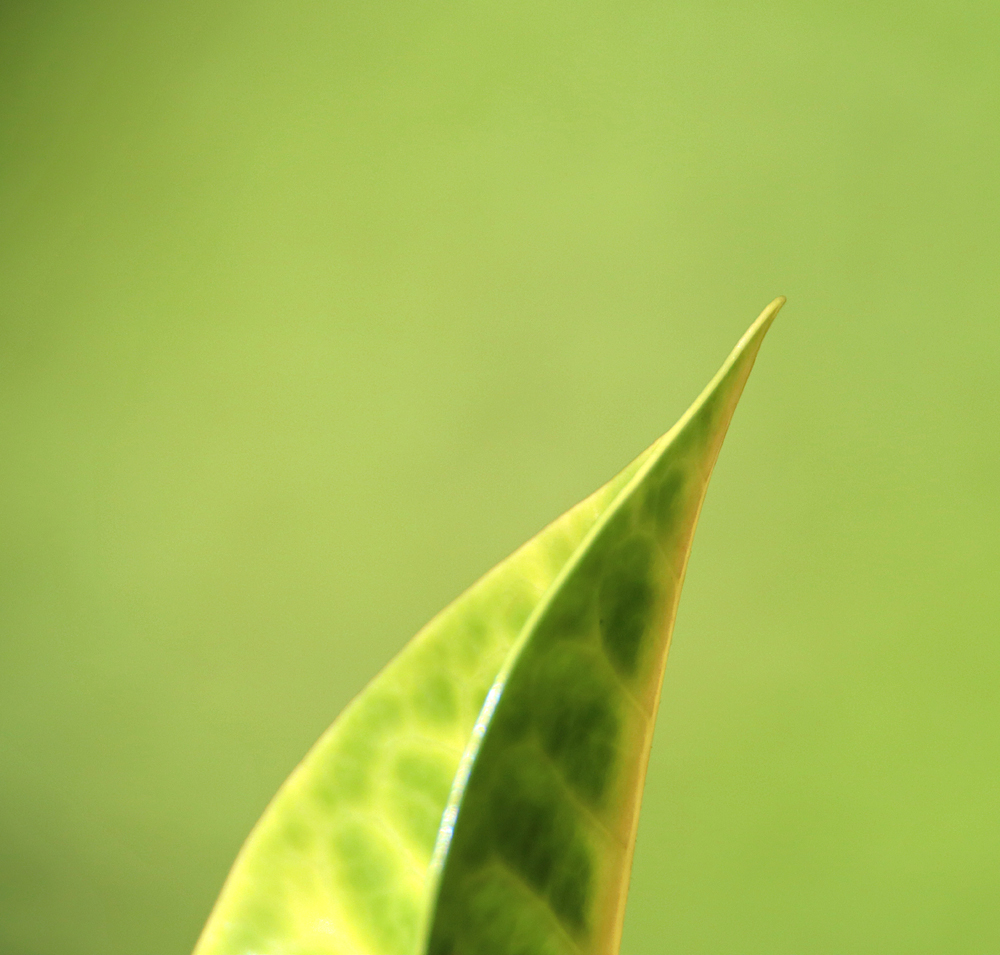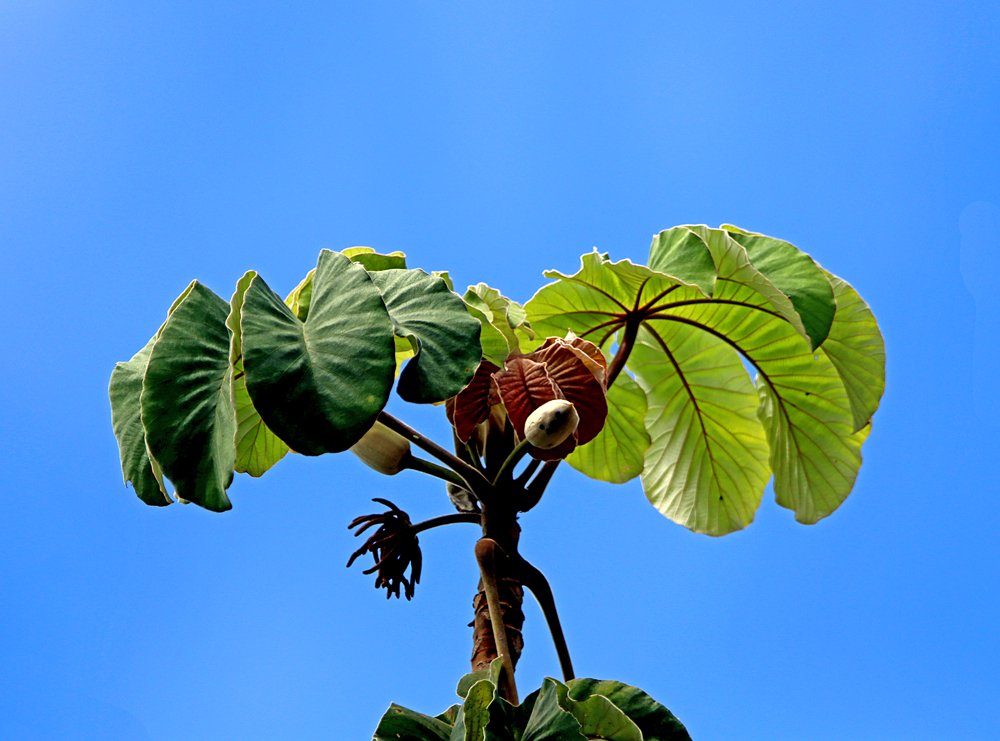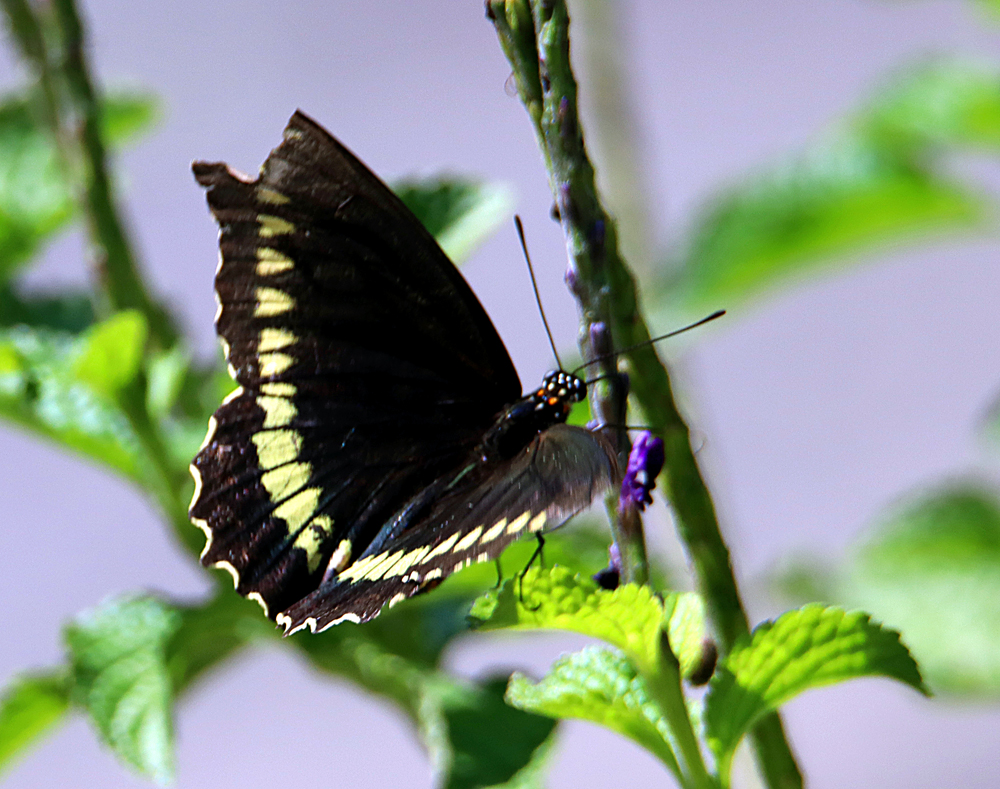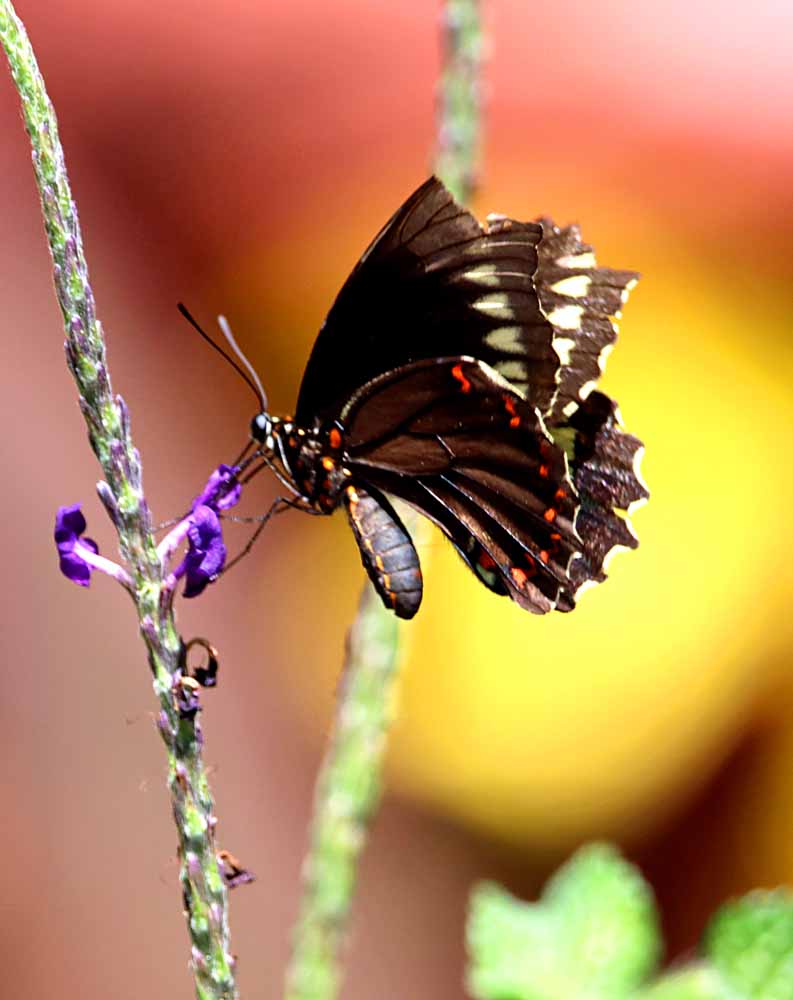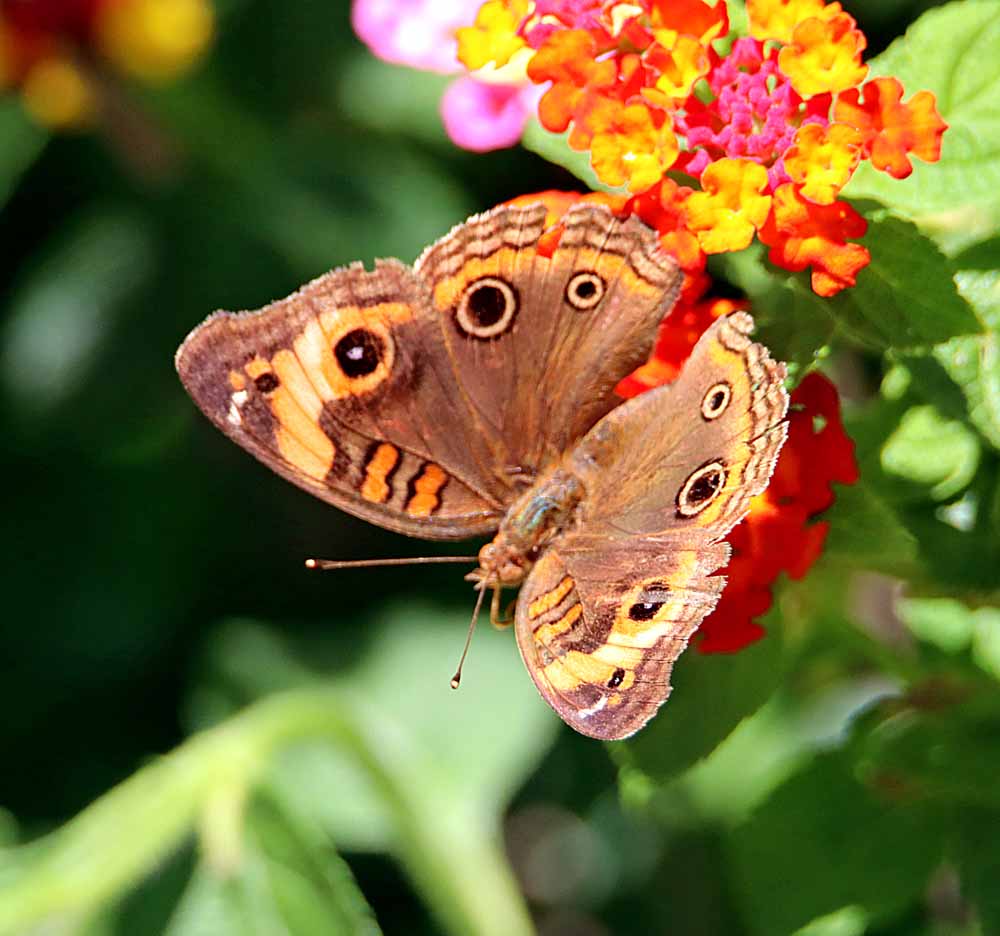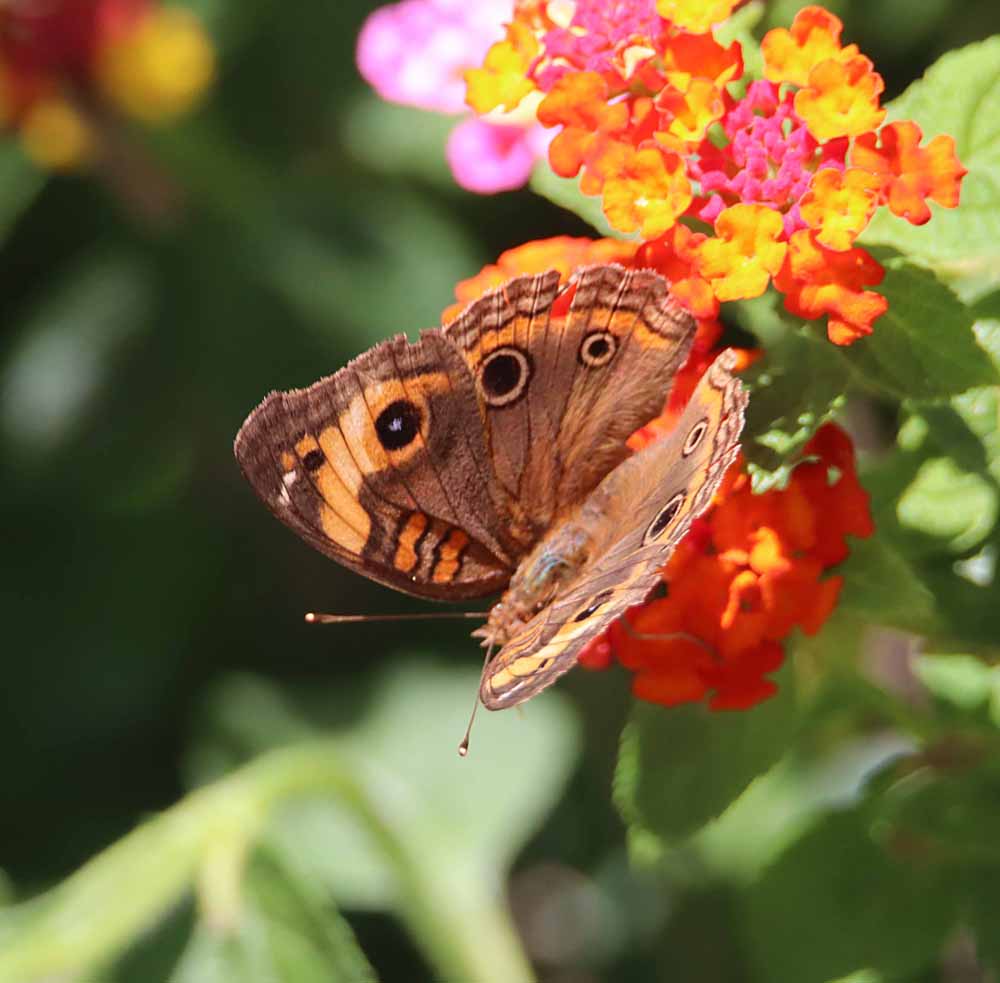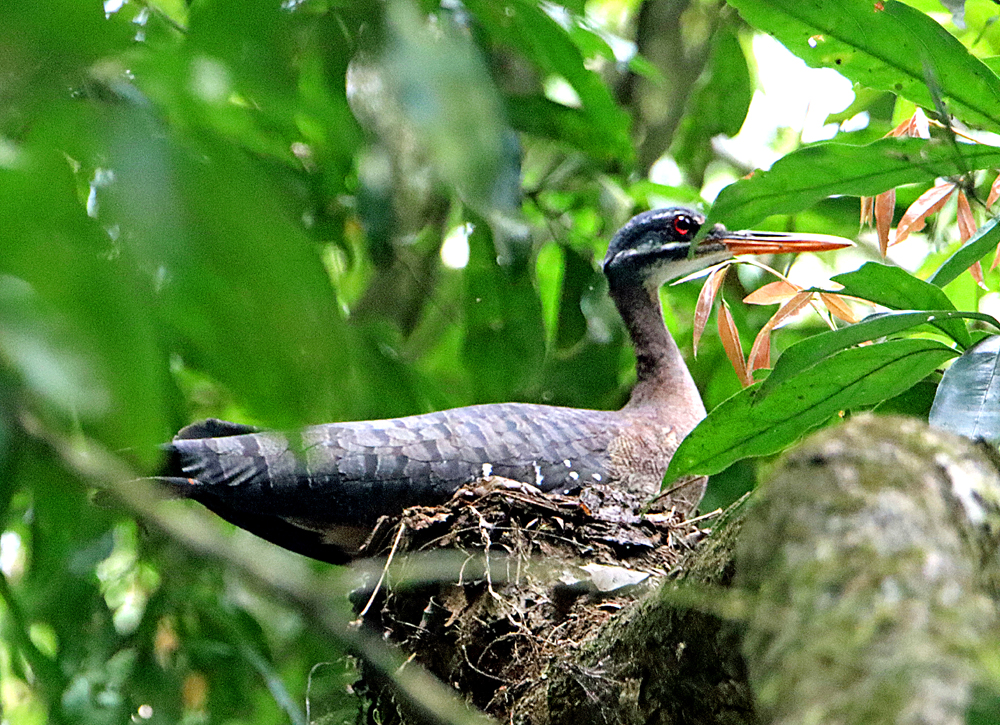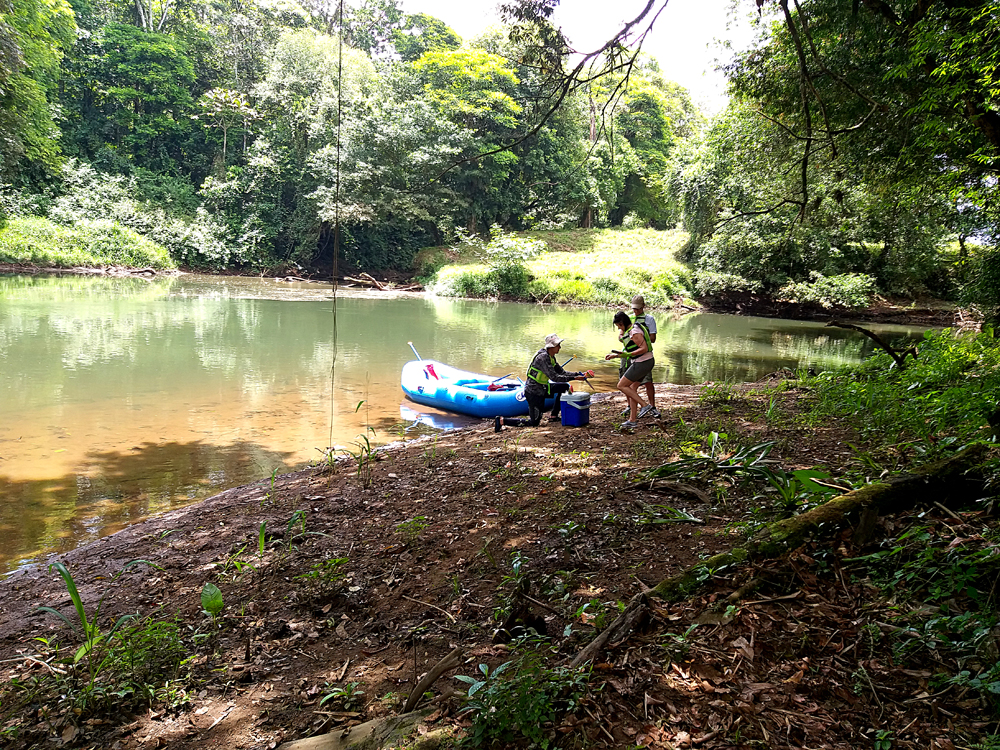I earlier promised a blog post on this unique place adjacent to Esquinas Rainforest Lodge and then I will lay off posts from that area for awhile. 🙂 And begin again tomorrow doing blog posts from my garden and the community of Atenas, Alajuela, Costa Rica! 🙂
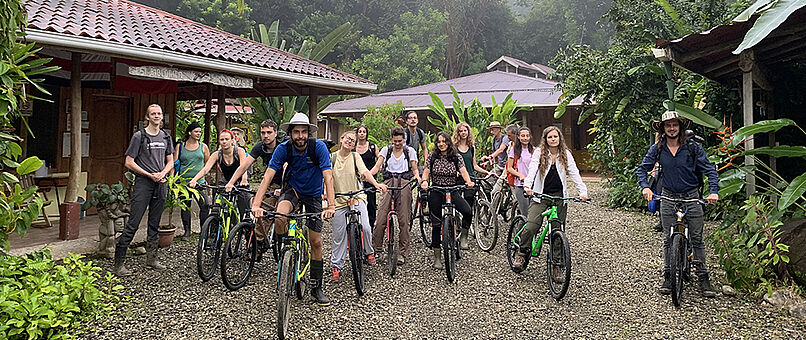
The University of Vienna in Austria does an exceptional amount of tropical and rainforest research with not only their professors and students, but with many guest researchers from other parts of Europe and from the USA and Latin America. Read more about this important research station on their English-language website: https://www.lagamba.at/en/ while being aware that the primary language there is German. 🙂 Austrians speak an Austrian dialect of German.
Continue reading “La Gamba Field Station”